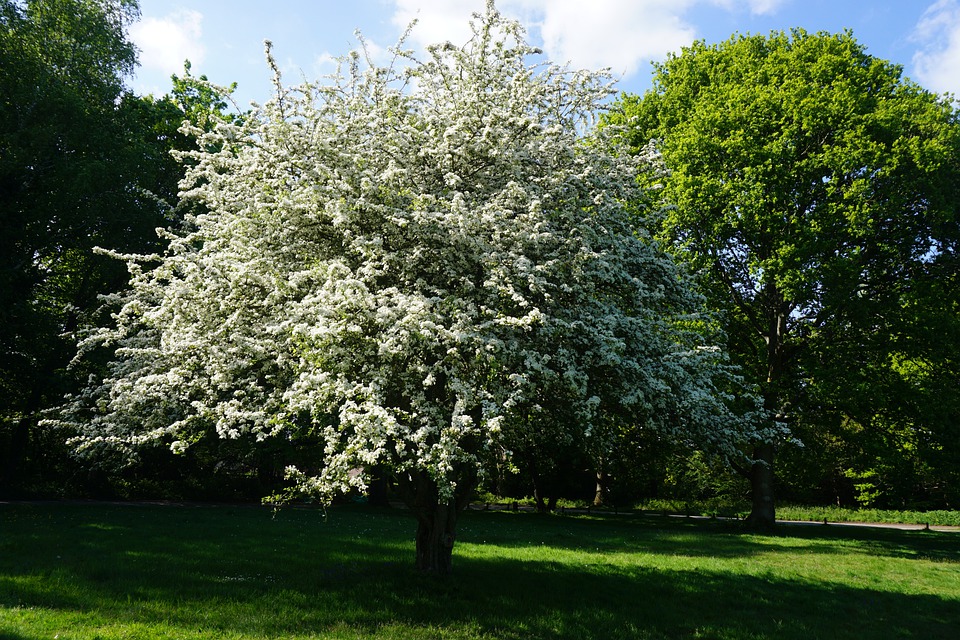
Similar Posts
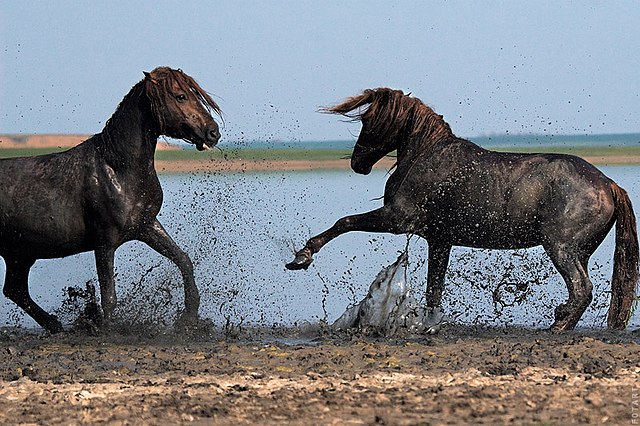
La gale de boue
La gale est due à une infection par une bactérie du genre Dermatophilus : c’est pour cela qu’on l’appelle aussi dermatophilose. Symptômes de la gale de boue chez le cheval Les symptômes sont de deux types : superficiels et interne. Symptômes superficiels de la gale de boue : peau granuleuse au toucher peau qui rougit,…
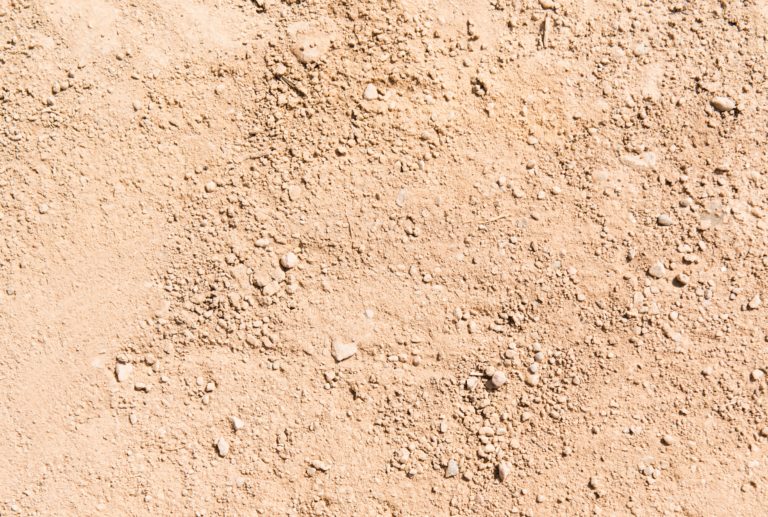
Pollution, climate and allergies
Part Two Exposure to pollen is a natural phenomenon: horses have been exposed to it throughout their development. the production of a protective mucus is a normal reaction which allows the allergen to be fixed and expelled, sneezing is perceived by the herd as a warning sign which prompts the group to ...
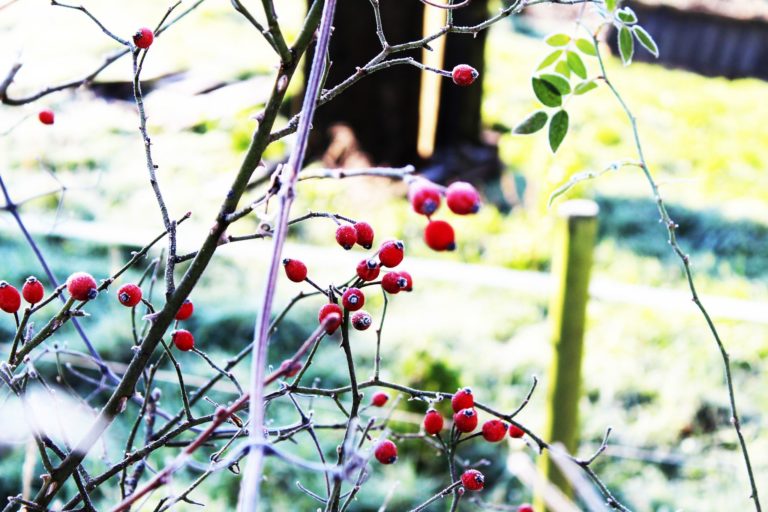
Plants all year round
To have plants all year round, here is a calendar to supplement and care for horses month by month. Recommendation: do not use the plants without first having seen with the horse's usual veterinarian, it is advisable to start with a single plant, then to make the combination only with the help of a naturopath or a herbalist ...
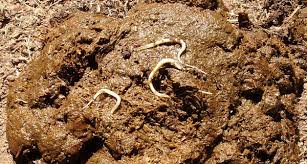
Parasites – symptômes
Nous allons explorer les symptômes rencontrés lors de l’infestation par les trois grandes familles de parasites digestifs du cheval : les vers ronds les vers plats les insectes Les nématodes Ce sont des vers ronds. On trouve… les OXYURES : ils provoquent des démangeaisons au niveau de l’anus, le cheval se gratte la queue qui est…
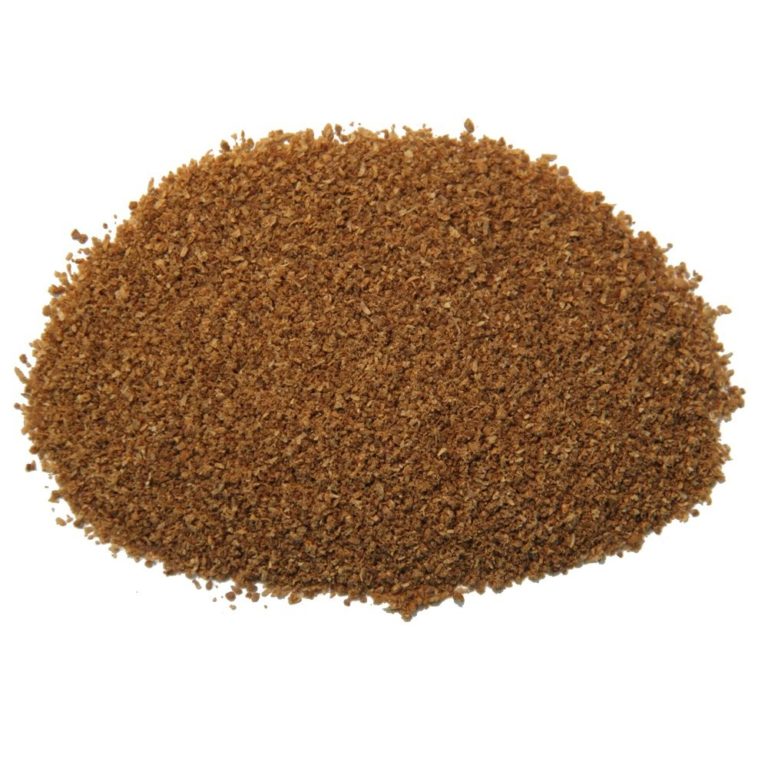
Probiotiques – Prébiotiques
d’un côté les prébiotiques ne sont pas des organismes vivants mais des nutriments pour les probiotiques. de l’autre les probiotiques sont des micro-organismes vivants qui contribuent à l’équilibre de la flore intestinale. Les probiotiques c’est quoi alors ? Les probiotiques que nous utilisons pour nos chevaux ce sont surtout 2 sortes de micro-organismes : des bactéries des…
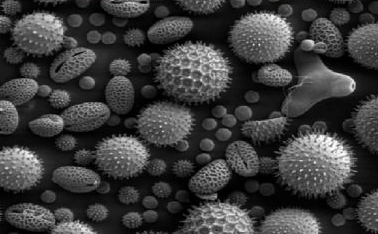
Allergy pandemic in horses
Part 1 Allergy is a disproportionate reaction of the immune system: the body develops inflammation to defend itself against an element of its environment that it mistakenly identifies as an aggressor when it is not. The allergen is that part of the environment that triggers the reaction. Allergic horses have a predisposition (we will see that ...
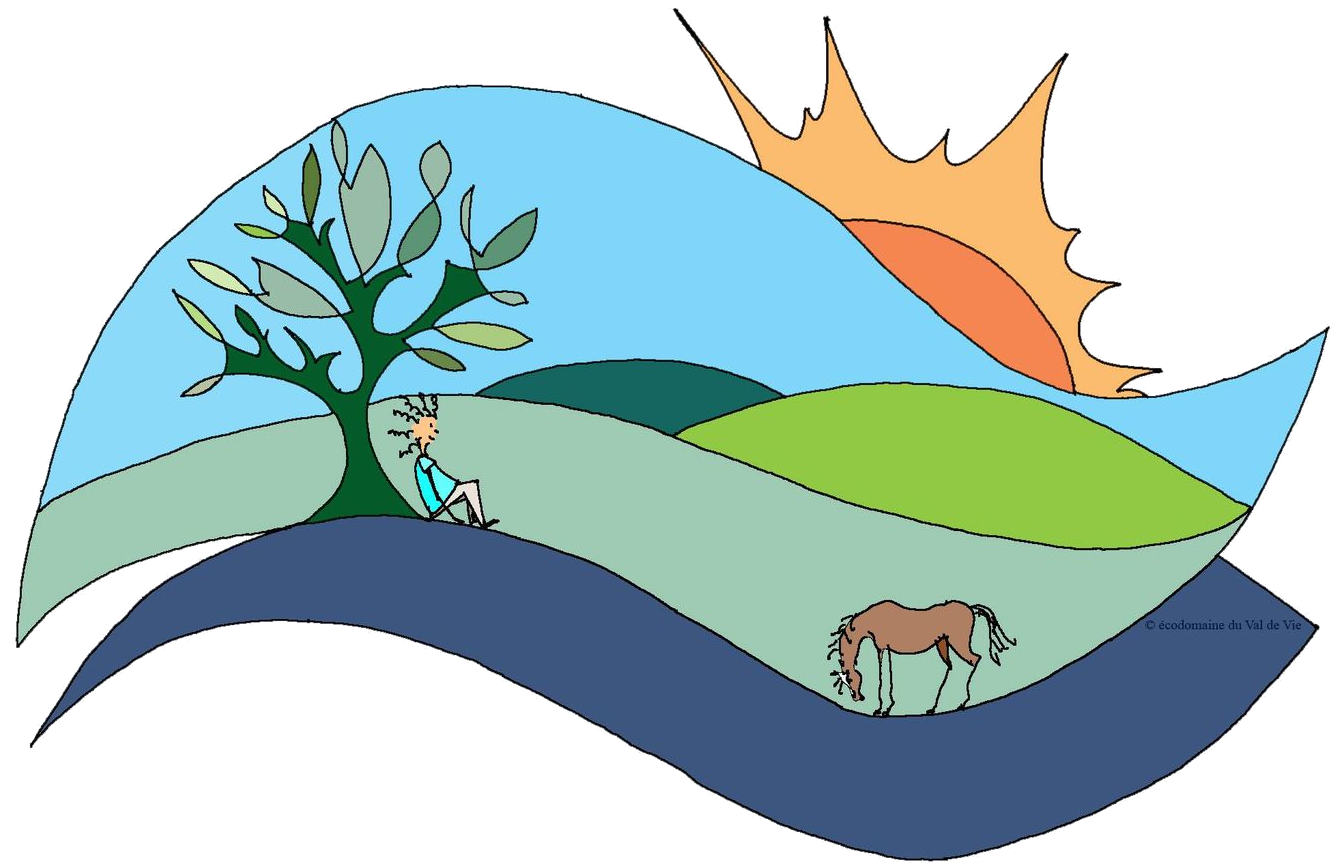
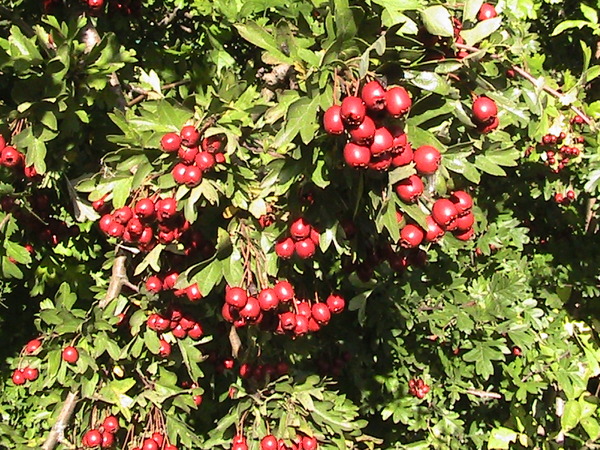
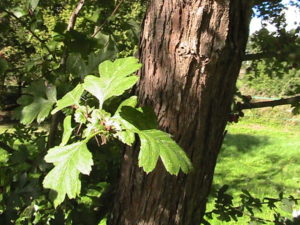
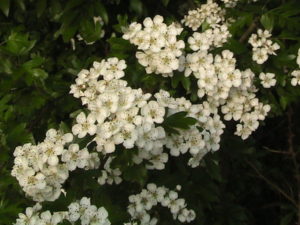
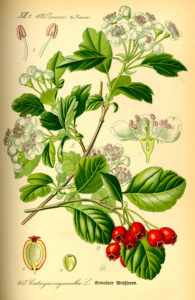 Laevigata means “creamy, smooth.
Laevigata means “creamy, smooth.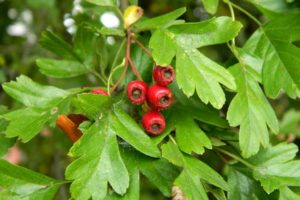 It has as a particularity
It has as a particularity